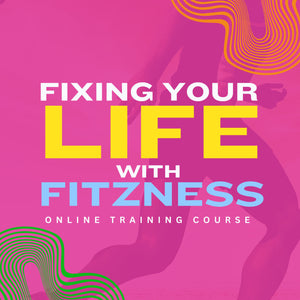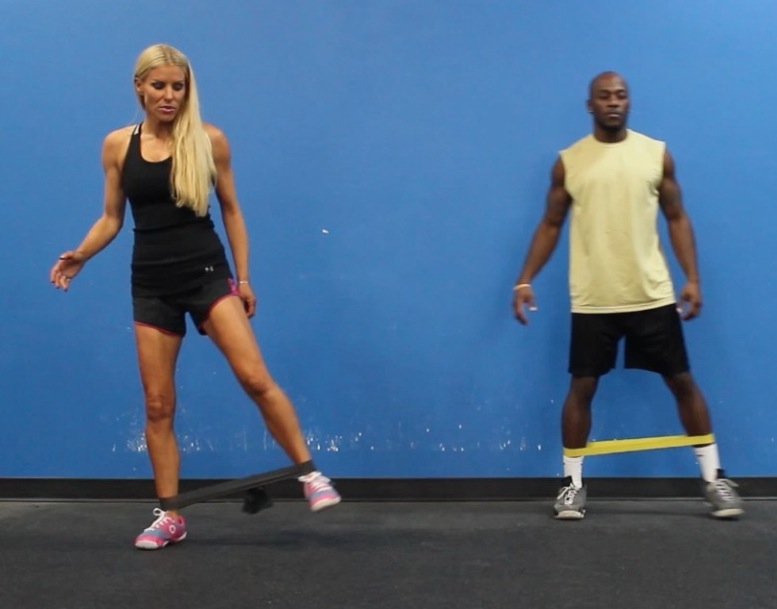Whether you’re laying down in bed, sitting at the dinner table, or getting in your daily exercise, good posture is important to your health. In order for your muscles to function at maximum efficiency, it’s imperative to practice good posture. With it, there is less strain on your joints, ligaments, and muscles: which means a healthier body! Not only will you feel the difference, but you look completely different too! You’ll demand the attention of everyone in the room by looking elongated and engaged in what’s happening.
Having good posture doesn’t come without a little work. There are a few things you need to be aware in order for you to have good posture. Just thinking about the way you are sitting, standing, or even driving will help you correct your posture. If you know when you are slouching or leaning to one side, you can quickly adjust to realign your body in the perfect posture position (try saying that three times fast)! You also should consult with someone other than yourself when assessing your own posture. Mirrors work, but a friend can see your problem areas and where you are struggling. Is it your neck that leans forward, your back that hunches over, or your knees that lock out? Grab a friend, your personal trainer, or even a doctor to look at how you stand and sit to help you find perfect posture.
Sitting Posture – Sit with your butt fully on the chair and your back up against the chair back. Your feet should remain flat on the floor and your shoulders should be pulled back. Try to distribute your weight evenly on both of your hips, and bend you knees at a right angle
Lifting Posture – Don’t bend at the back! That puts strain on your muscles and you could seriously be injured. Instead, bend your knees to pick up something heavy.

Lifting Posture – INCORRECT
Photo Credit: Cara Canington

Lifting Posture – CORRECT
Photo Credit: Cara Canington
Standing Posture – Like sitting, be sure to keep you feet flat on the ground and your shoulders pulled back. Standing with your feet shoulder width apart (or slightly more narrow), distribute your weight evenly on both legs. Do not lock your knees out because this puts more strain on your joints, as well as presents the possibility of fainting. Keep your chin up to help align your neck and spine.

Photo Credit: Cara Canington
Sleeping Posture – Some scientists believe that certain sleeping positions are better than others. But whether you are a side sleeper or roll on your stomach to catch some z’s, there are a few things that all sleeping positions need to do. Keep a pillow under your head, but not your shoulders. Choose a pillow thickness that will align your head with your back and spine, and create proper sleeping posture.
Poor posture can lead to serious health risks that are sometimes painful or even irreversible. Understand your body and what it takes to keep good posture. Being aware of how you sit, stand, and even sleep will help you take the load off of your muscles and joints, and live a life with good healthy posture.






